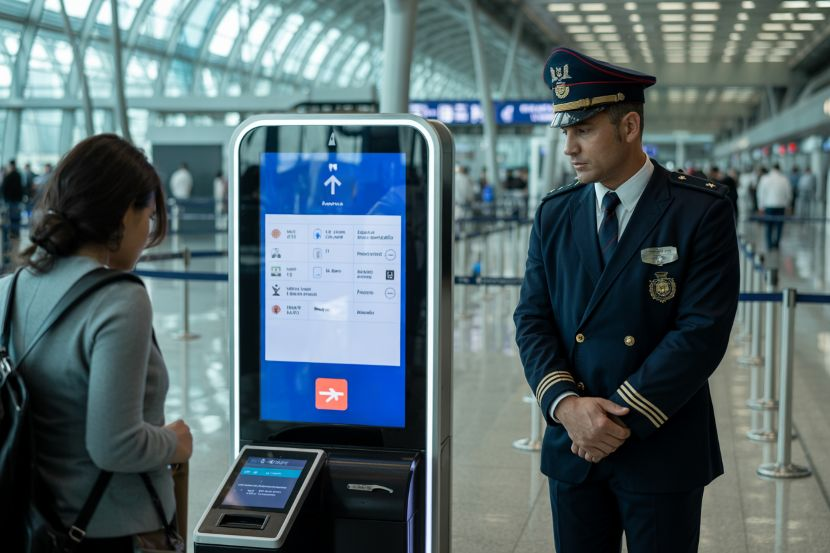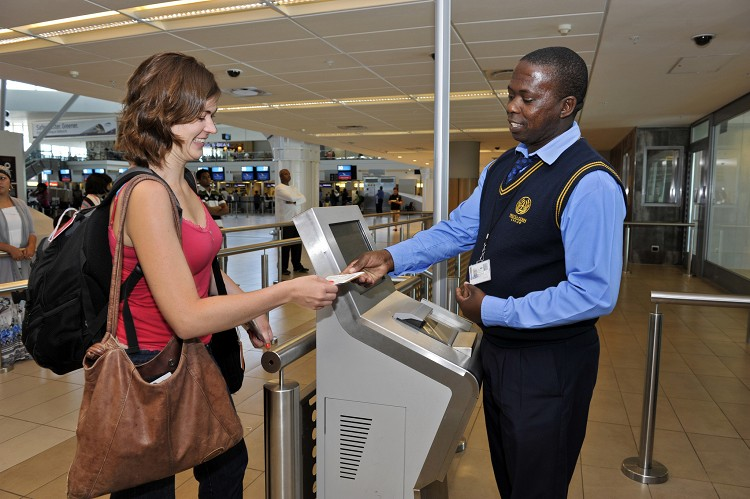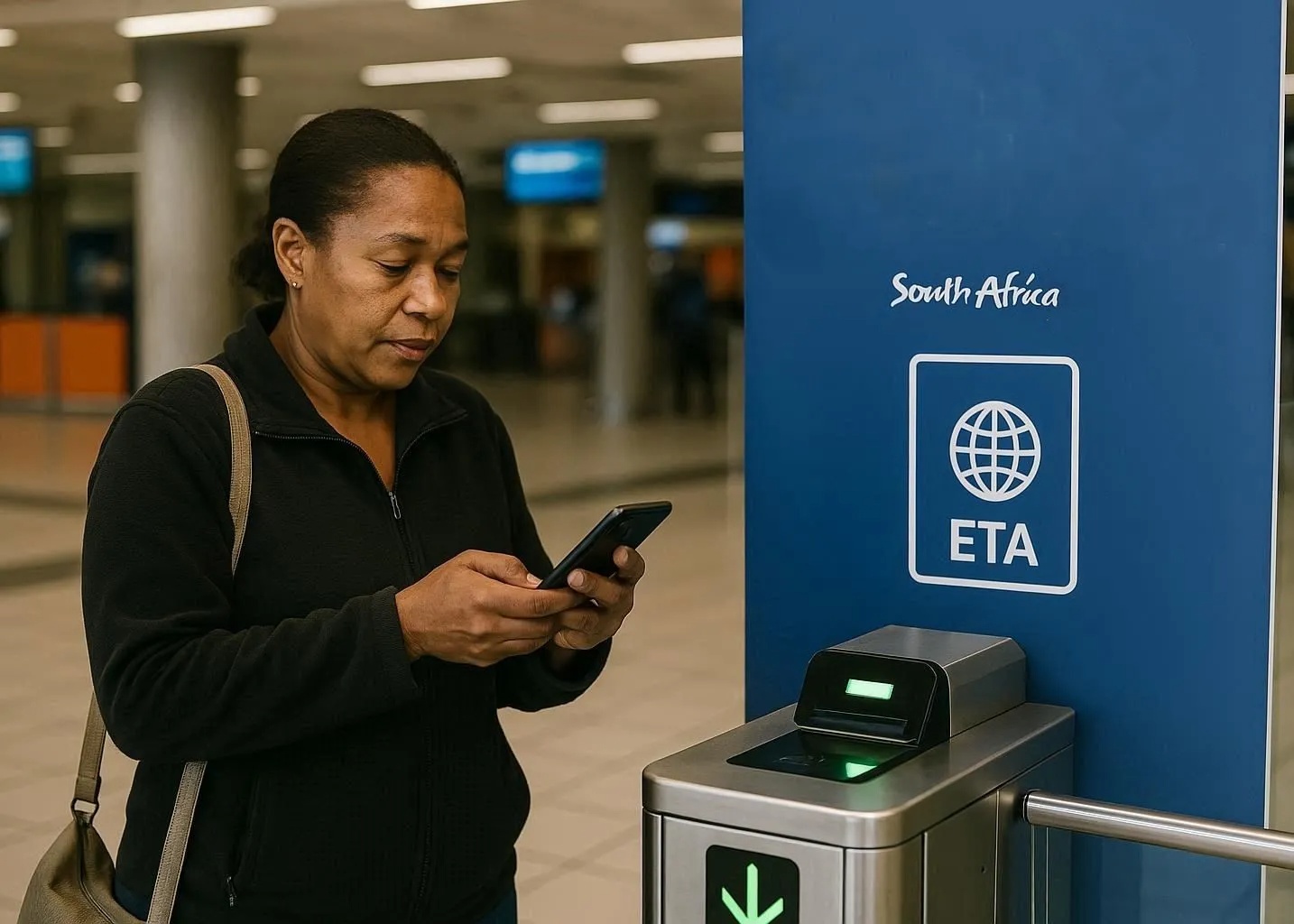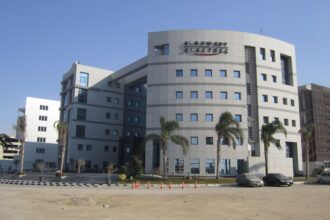At a Glance
- South Africa launches ETA system to streamline travel and boost tourism.
- Digital platform enables faster, secure entry with biometric verification at airports.
- ETA rollout aims to grow tourism revenue and support local businesses nationwide.
South Africa is preparing to reshape how international visitors enter the country with the rollout of a new Electronic Travel Authorisation (ETA).
The system, funded partly through a World Bank grant, is designed to streamline arrivals by merging visa requests and immigration checks into a single digital platform.
Instead of standing in embassy lines or shuffling through paper forms, travellers will be able to apply online, submit fingerprints and a photo, and receive pre-clearance before boarding a plane.
Once they land, their entry is verified through biometric checks at airports such as OR Tambo in Johannesburg and Cape Town International.
The goal is a quicker, more secure process that makes the first step of a trip to South Africa feel welcoming rather than exhausting.

Pilot rollout and expansion
The ETA will launch in phases, beginning in October 2025 with a pilot for G20 delegates from China, India, Indonesia and Mexico.
That test will assess system reliability and gather user feedback before wider deployment. Full implementation is expected by 2027, when the ETA will cover all travellers from countries requiring visas.
Officials say the phased approach gives them time to fix technical challenges and ensure the system can handle growing numbers of international visitors.
Smoother journeys, stronger security
For tourists, the change promises fewer barriers between booking a safari and actually stepping into the bush.
Once approved online, entry at the airport is reduced to a quick identity check, with facial recognition technology helping to block forged documents.
The government says this dual focus on convenience and security is critical to balancing visitor experience with national safety.
Driving growth in tourism
Tourism is a key pillar of South Africa’s economy, supporting hundreds of thousands of jobs and contributing billions in revenue each year.
Officials hope the ETA will make it easier for travellers to discover not only marquee attractions like Kruger National Park and the Cape Winelands, but also smaller destinations such as Addo Elephant Park and the Garden Route.
By improving access, the government aims to spread economic benefits beyond the main cities to rural areas where visitor spending can sustain local businesses and communities.
Supporting sustainable tourism
Authorities also see the ETA as a tool for smarter tourism management. Real-time data on visitor origins, travel routes and demographics will help identify pressure points, allowing officials to redirect travellers toward less crowded destinations.
That, in turn, supports environmental conservation while giving guests fresh experiences off the usual tourist track.

Looking ahead
By 2027, South Africa expects the ETA to be fully operational, offering a digital-first experience in line with global travel trends.
The initiative not only reduces wait times and strengthens border security but also enhances the country’s appeal as a destination competing for high-value travellers.
For South Africa, the system is more than an administrative upgrade—it represents a chance to redefine the first impression for millions of visitors and build a more sustainable tourism economy for the future.















